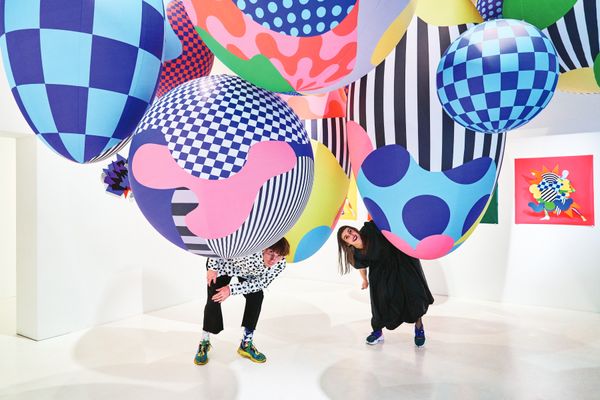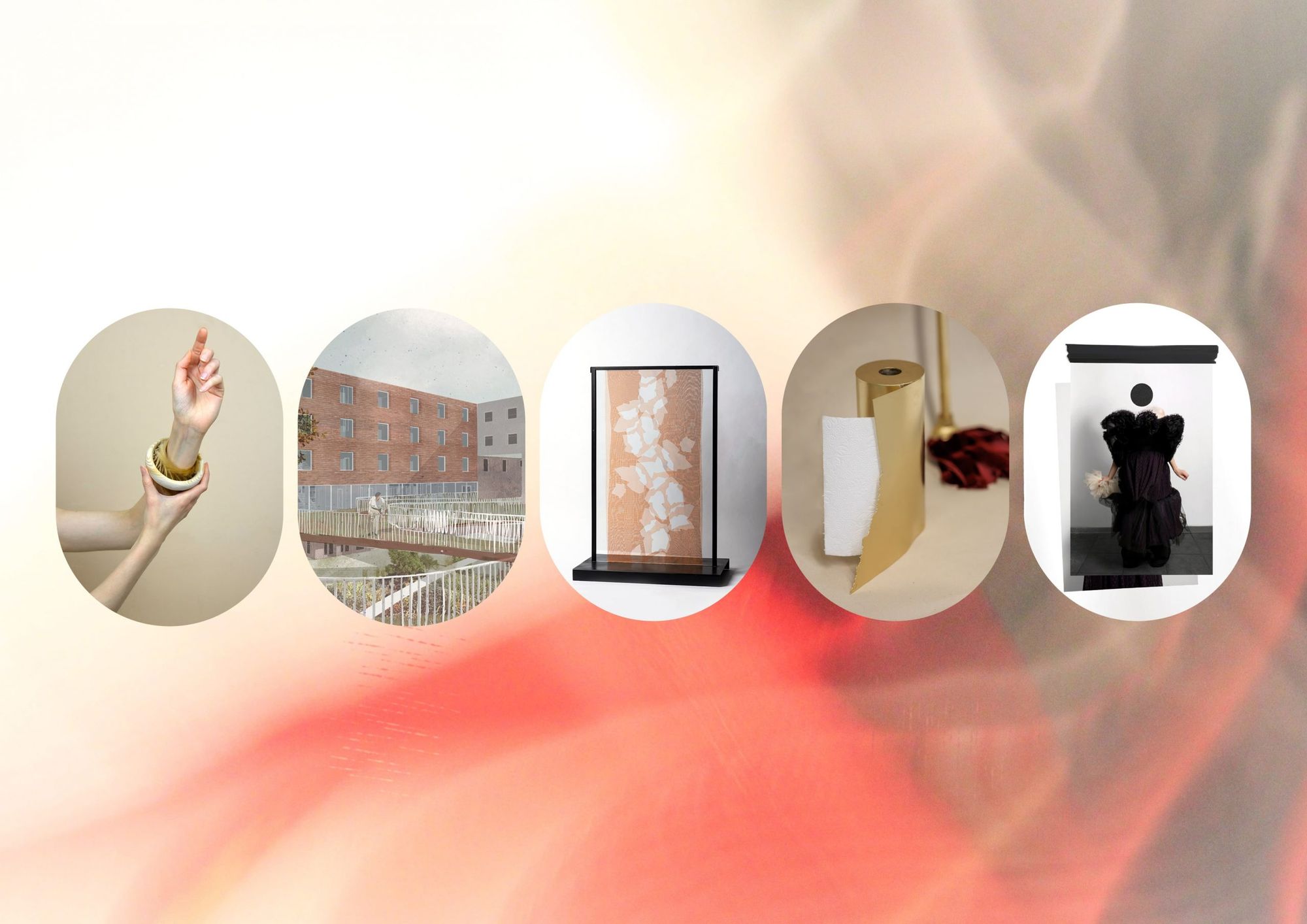Inclusive, traditionalist, ironic and self-reflexive—MOME students approached the social issues of our time and the current questions of space and object design with different attitudes. Can elderly people and toddlers share common spaces? Can we see dressing up as a game? Can a piece of cleaning equipment be collectible design? We took a look at the presentation of the semester-long design projects of the Moholy-Nagy University of Art and Design (or KIPAK for short) and rounded up some of the most exciting work from first-year Master in Design students.
Imola Fazakas—Nursing home and kindergarten in the VIII district
[Architecture MA]
Imola Fazakas based her semester project on the cultural, urbanistic and landscape diversity of the 8th district, where the students had to design a home for the elderly associated with a kindergarten. Imola’s concept took shape by considering the negative connotations associated with the neighborhood, such as the lack of a sense of security, and by paying careful attention to the meeting points between the elderly and the nursery school children. “I designed each space with the aim of creating private, semi-private and public spaces for the two generations. My goal was to create a permeation where, through the use of architectural means, the living space of the preschoolers and the elderly filtered through from one to the other,” she says. As well as providing a vibrant social hub for the district, mixing the shared spaces of the running-around children and the solitaire-playing elderly can also alleviate the loneliness that is more typical of urban aging.
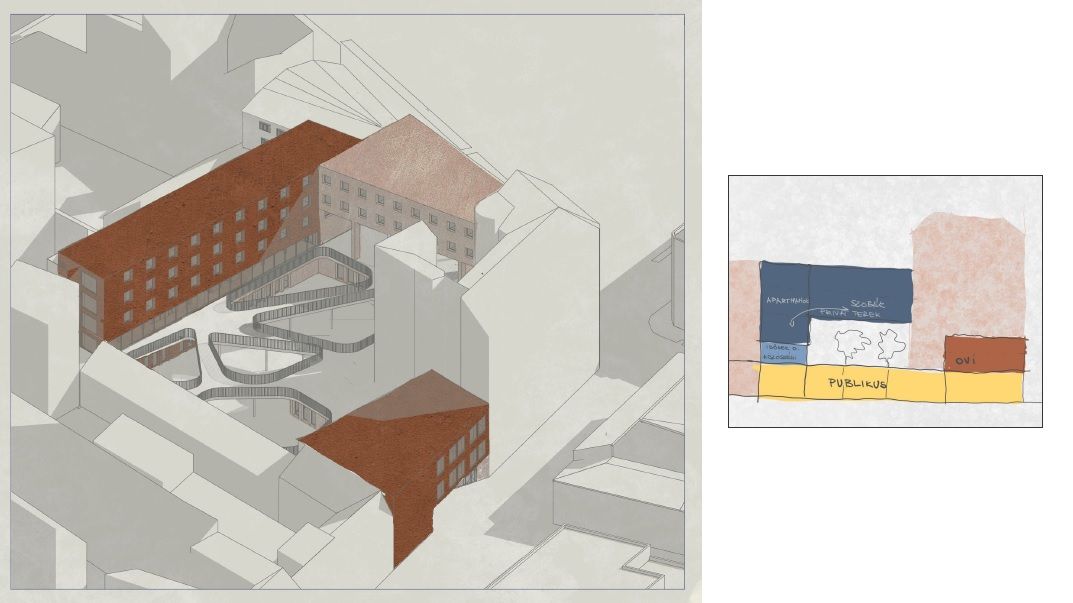
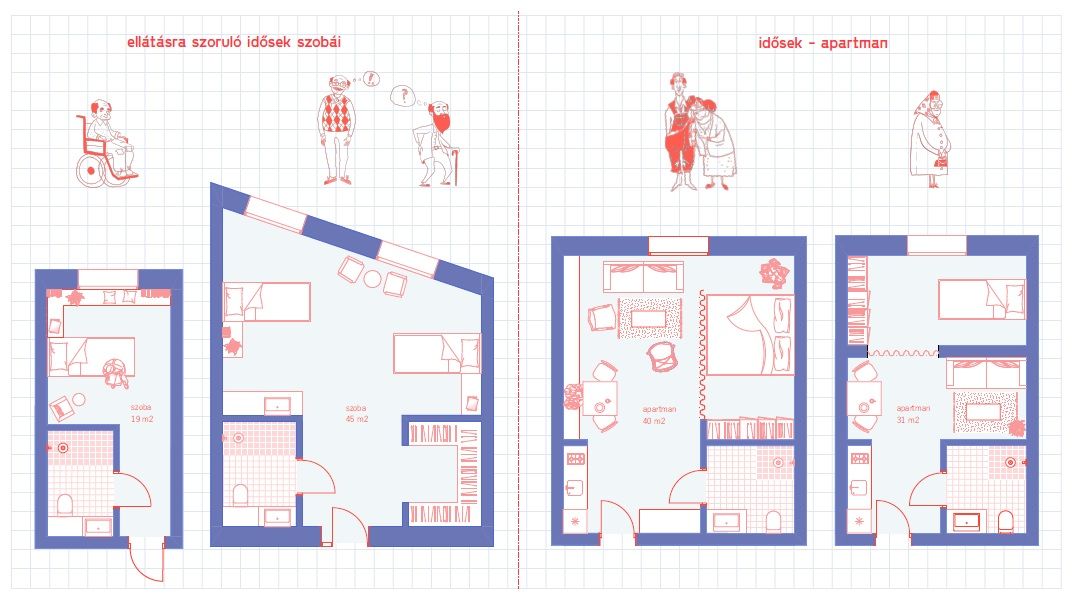
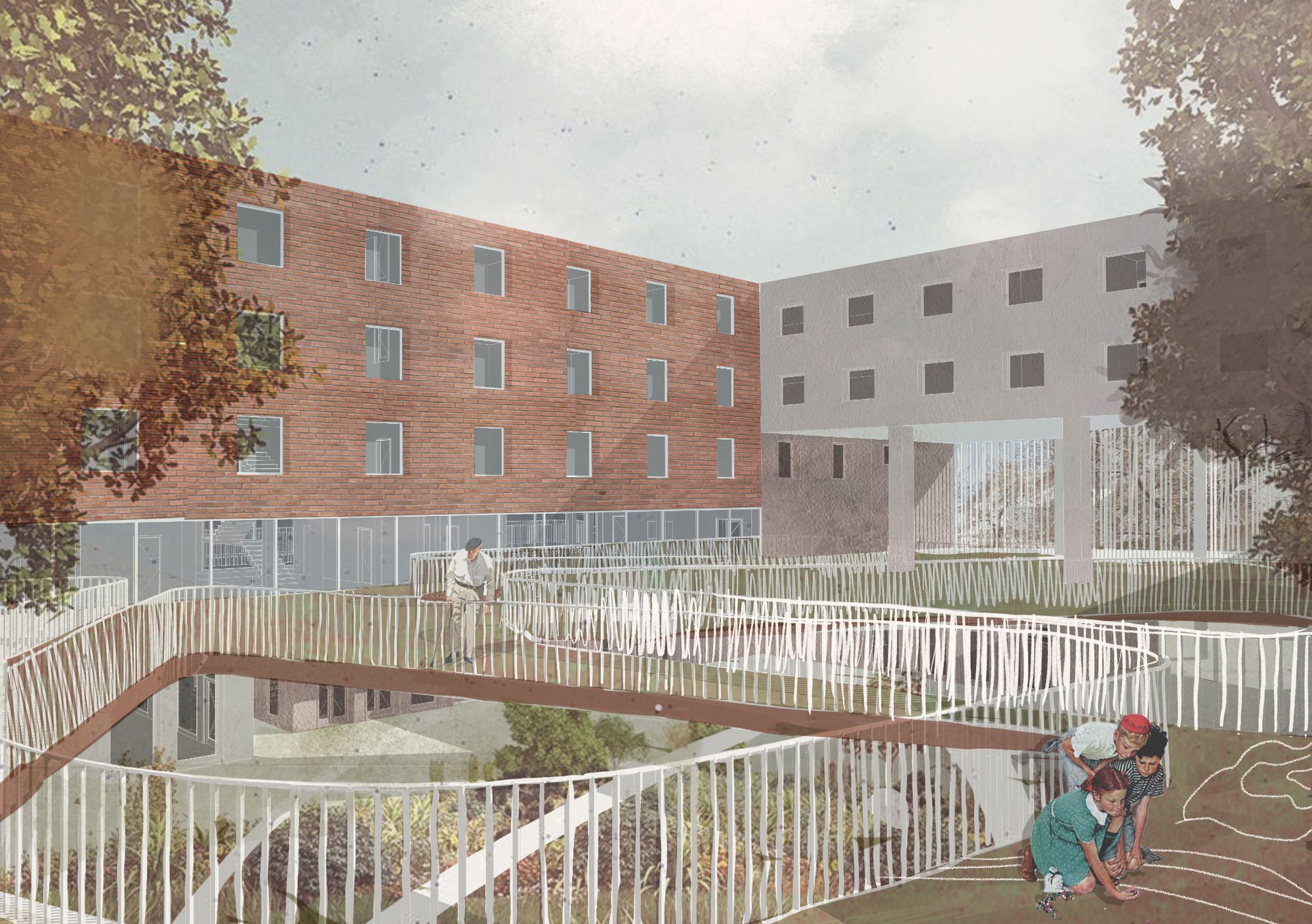

Soma Gonda—Formatíva
[Graphic Design MA]
Graphic designers spent six months exploring the role and meanings of play as a means of cultural creation. Soma Gonda’s project Formatíva focuses on playing with dressing up. He takes camp, a dressing style usually identified with exaggeration and gender play, as a starting point. The latter gives the basis of the Formatíva publication, which, in addition to summarising the designer’s personal reflections, also functions as a workbook. Its pages of design inspirations include silhouette designs that show just how many shapes can be created by breaking down gender stereotypes and being creative. The tactile page allows further experimentation with shapes by assembling paper and textile pieces, while the photo documentation shows further inspiration on how to create similar silhouettes with combinations of real garments as with geometric, abstract elements.

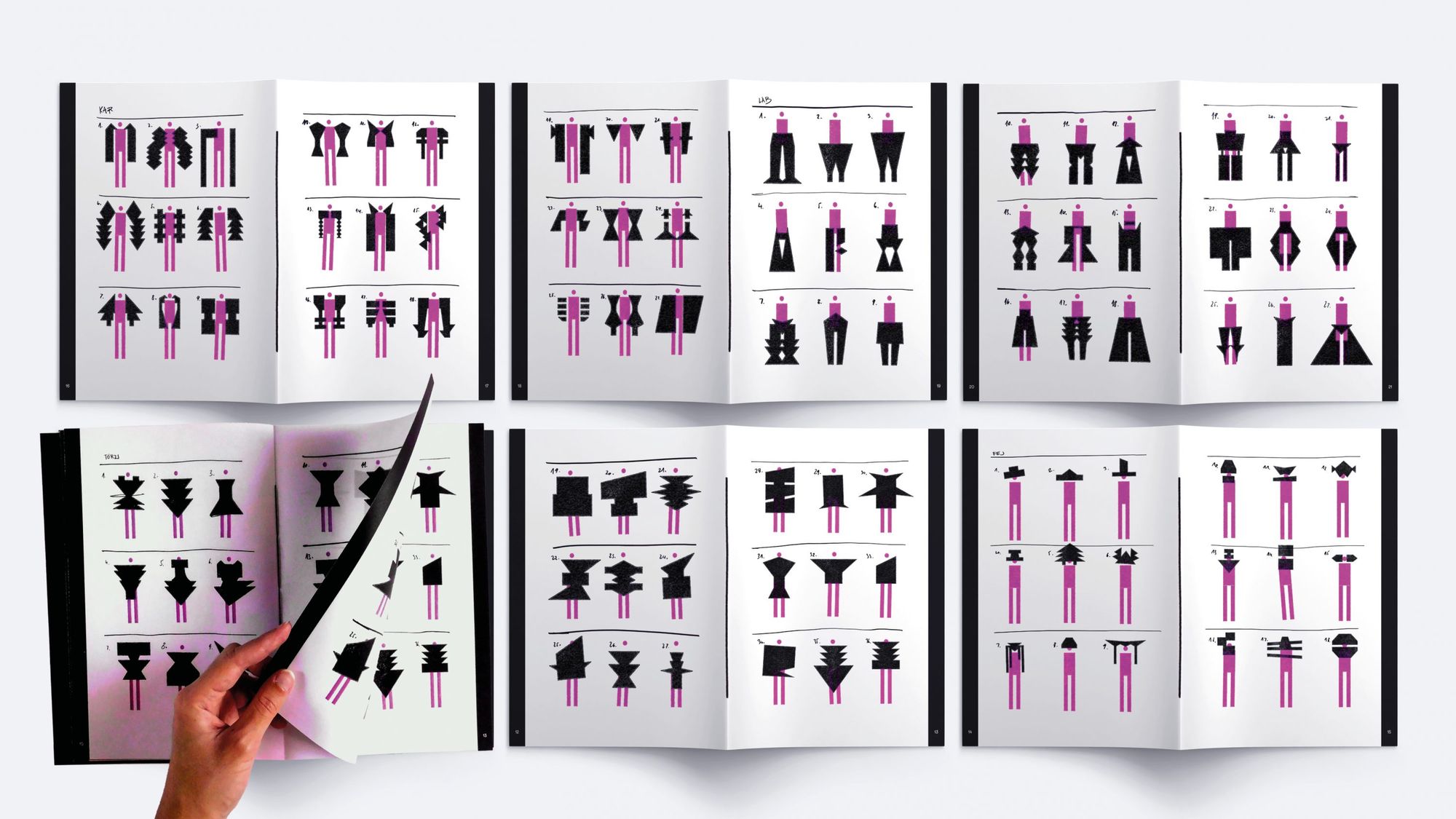

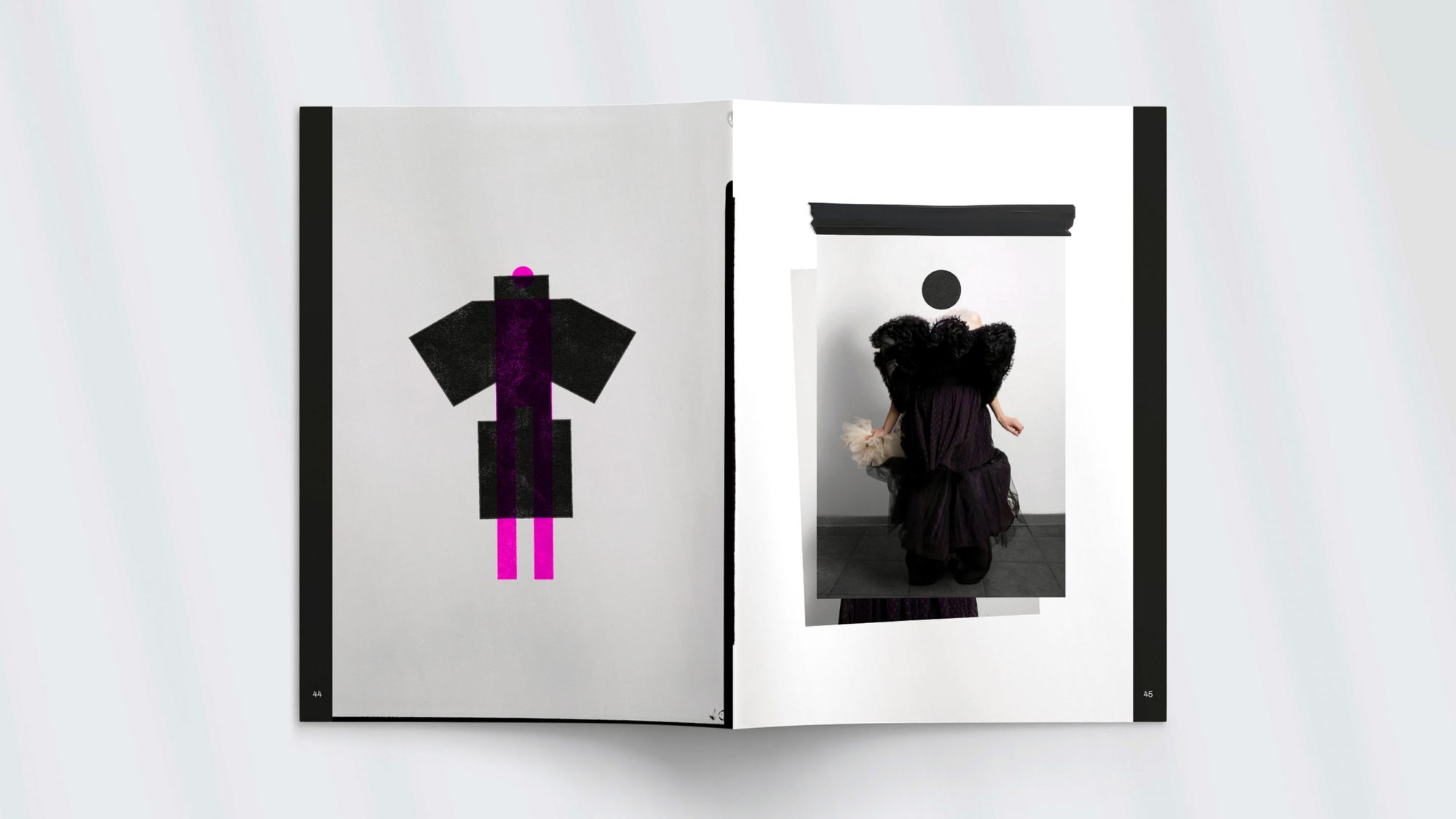

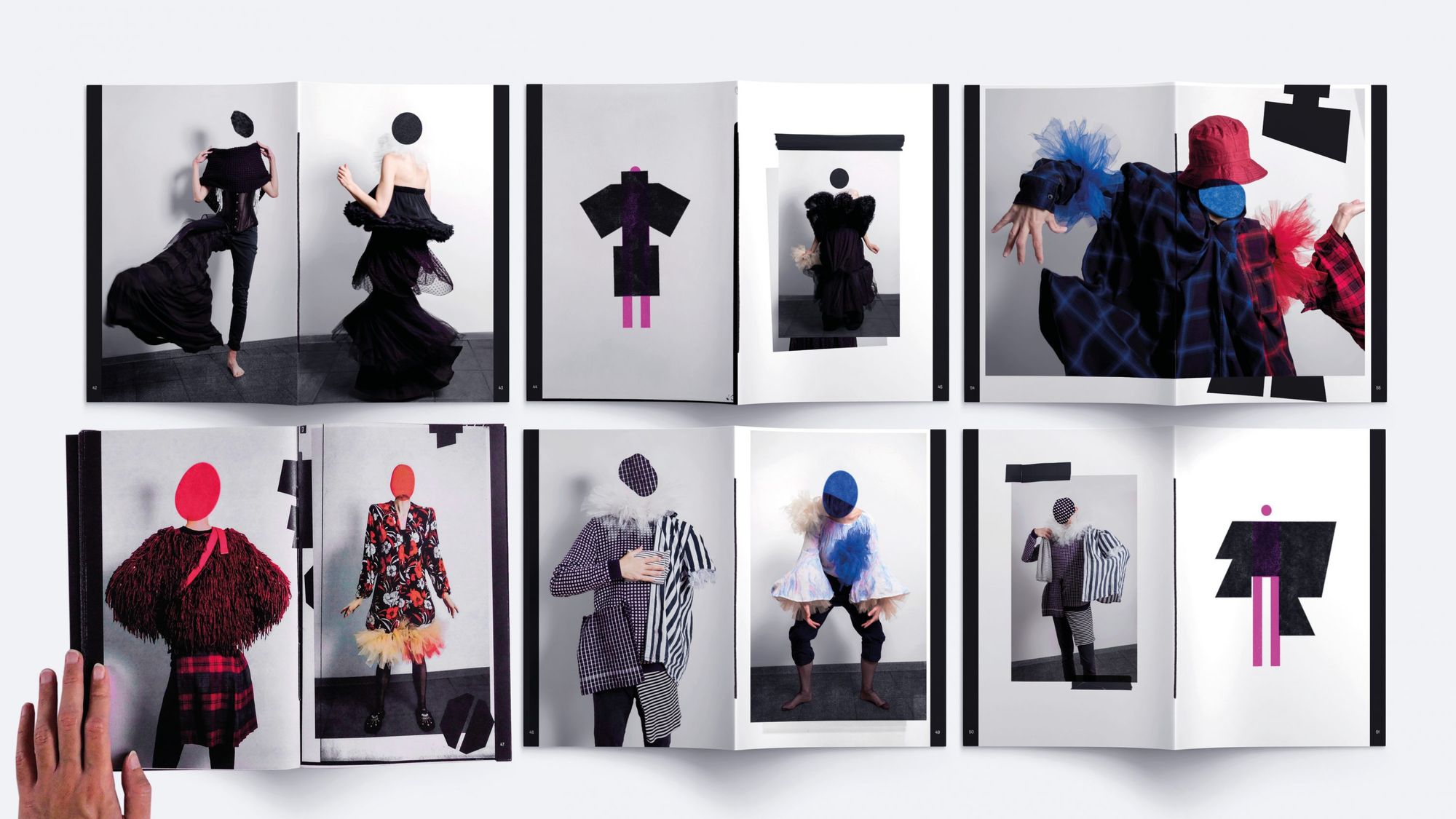
Melinda Doktor—Architectural glass
[Ceramic Design MA]
The former Roman Catholic kindergarten in Fót will be used in the future as a tourist office and café. In this space, Melinda Doktor has designed architectural glass elements that meet the requirements of both traditional and contemporary interiors. During the design process, she has created an understandable, multi-layered symbol system that indirectly refers to the building’s age and past. The visual appearance of runner plants gives a sense of the passing of time, as if the building had long since been reclaimed by nature. Vine, as a religious symbol, recurs in the frescoes and ornamentation of the Church of the Immaculate Conception, designed by Miklós Ybl, located next to the building, and therefore, along with the runner plants, it formed the basis of the glass architectural elements created by the student. The geometrical elements’ final layouts were preceded by sample studies and the glass sheet variations were preceded by technological experiments. The shapes created by the geometrization of the leaf pattern spread across the surfaces in an irregular, abstract way.
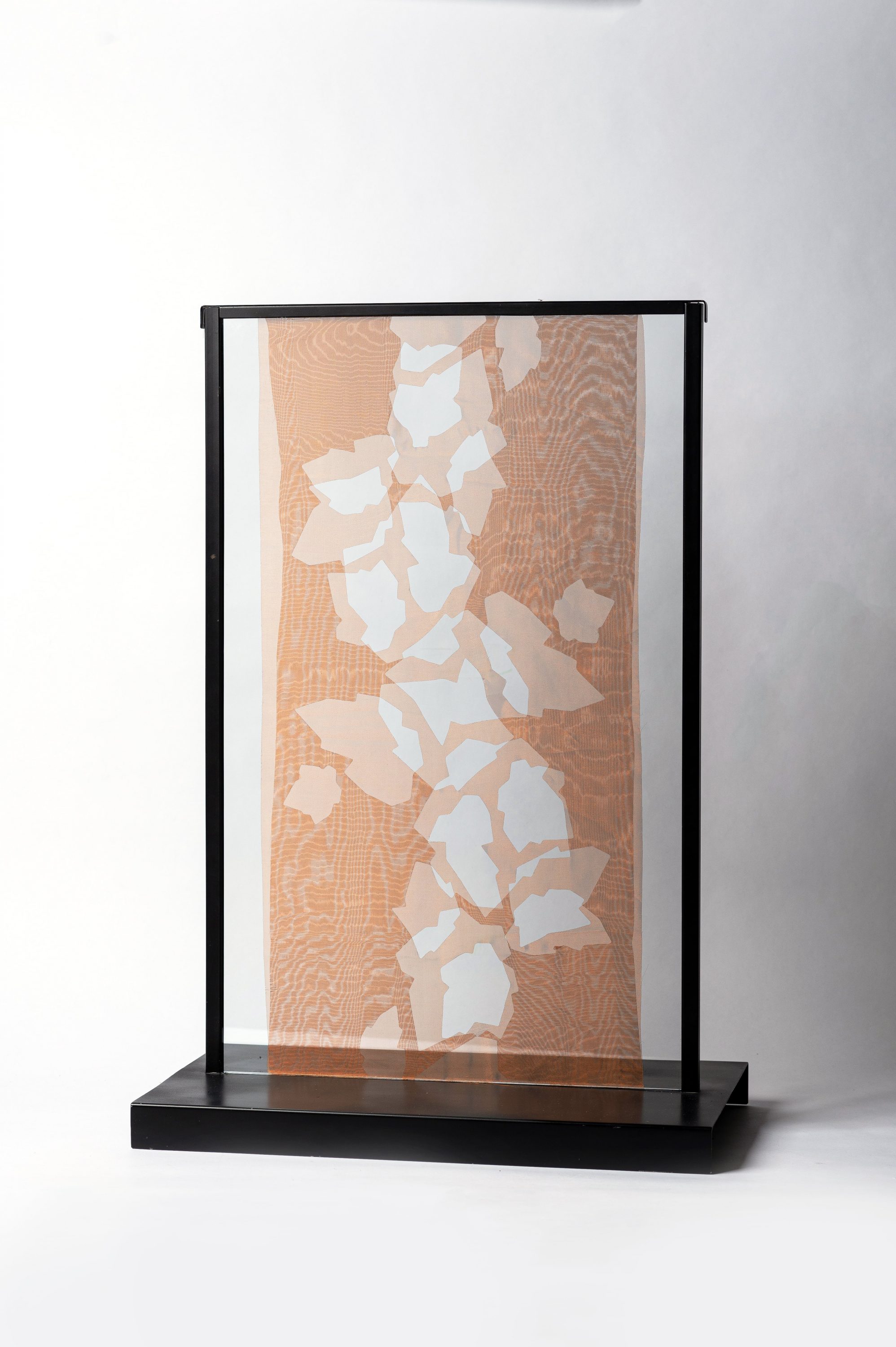



Judit Jeney—HairMe
[Jewelry Design and Metalwork MA]
Although hair is essentially a biological phenomenon, it has many socio-cultural and political meanings. At certain times in history, repressive powers have regulated the presence or style of hair to exercise control over one’s appearance. But hair can also be seen as a material, for example, we have previously written about the Amsterdam designer Zsófia Kollár, who would remedy the unsustainable fashion industry with garments made from hair. Judit Jeney also experimented with the symbolism and recyclability of hair in her HairMe collection. She has created objects that have been stripped of their original function, replacing the fiber-like parts with hair. With the addition of hair, the objects can no longer fulfill their former function—they transform into personified objects that evoke specific sensations. In keeping with this personalization, the collection also includes a series of jewelry designed with the wearers in mind, taking into account their own hair characteristics.
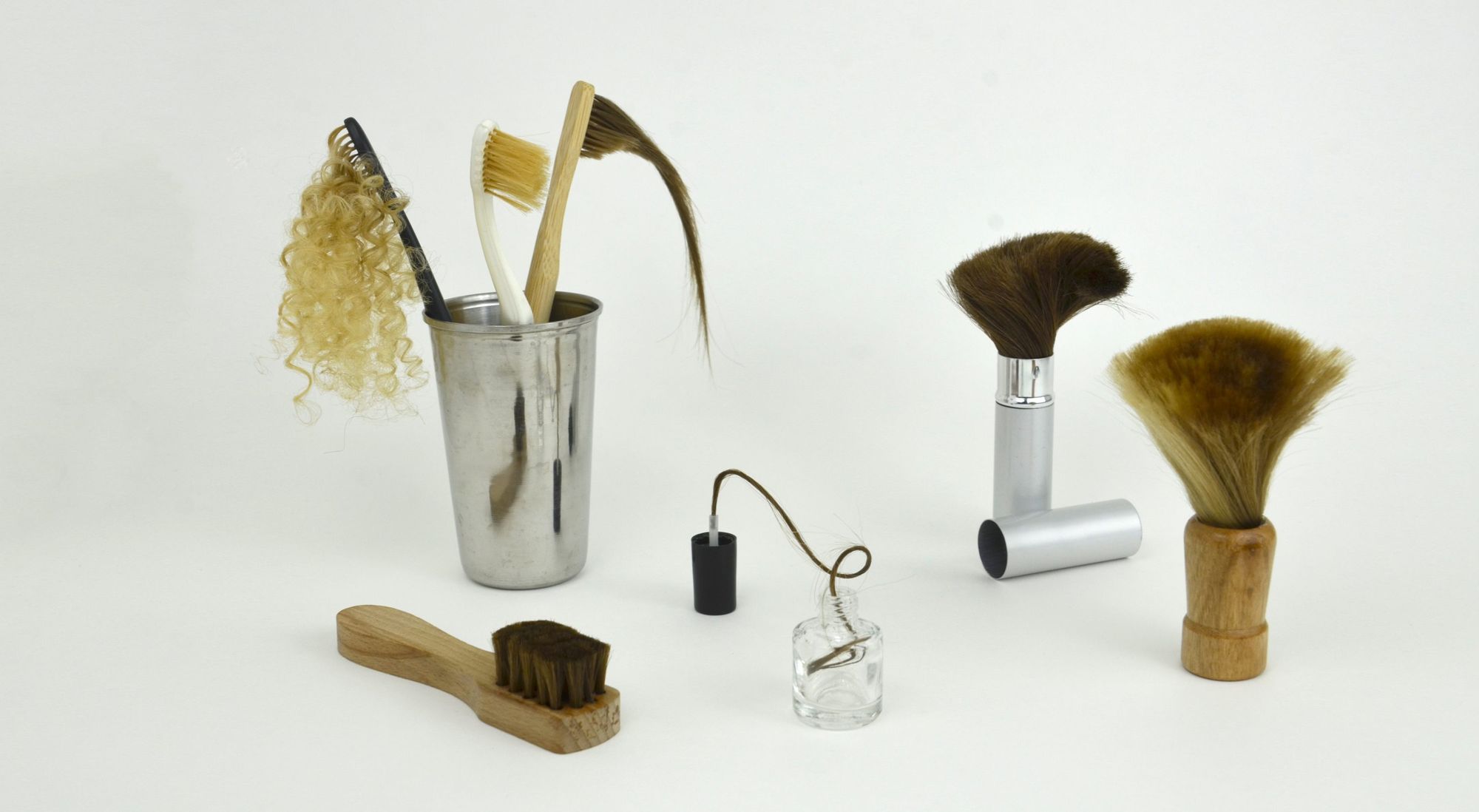
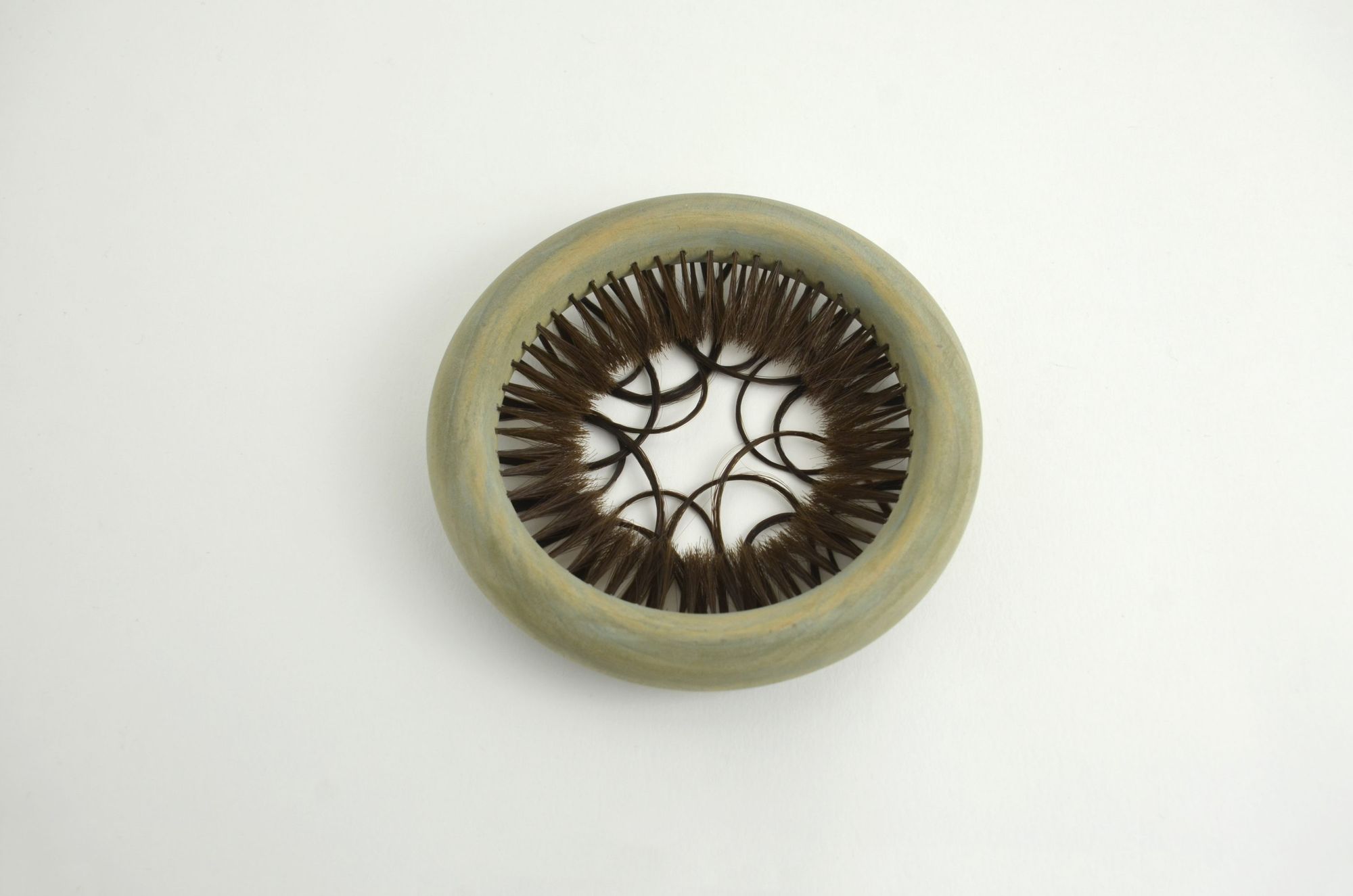

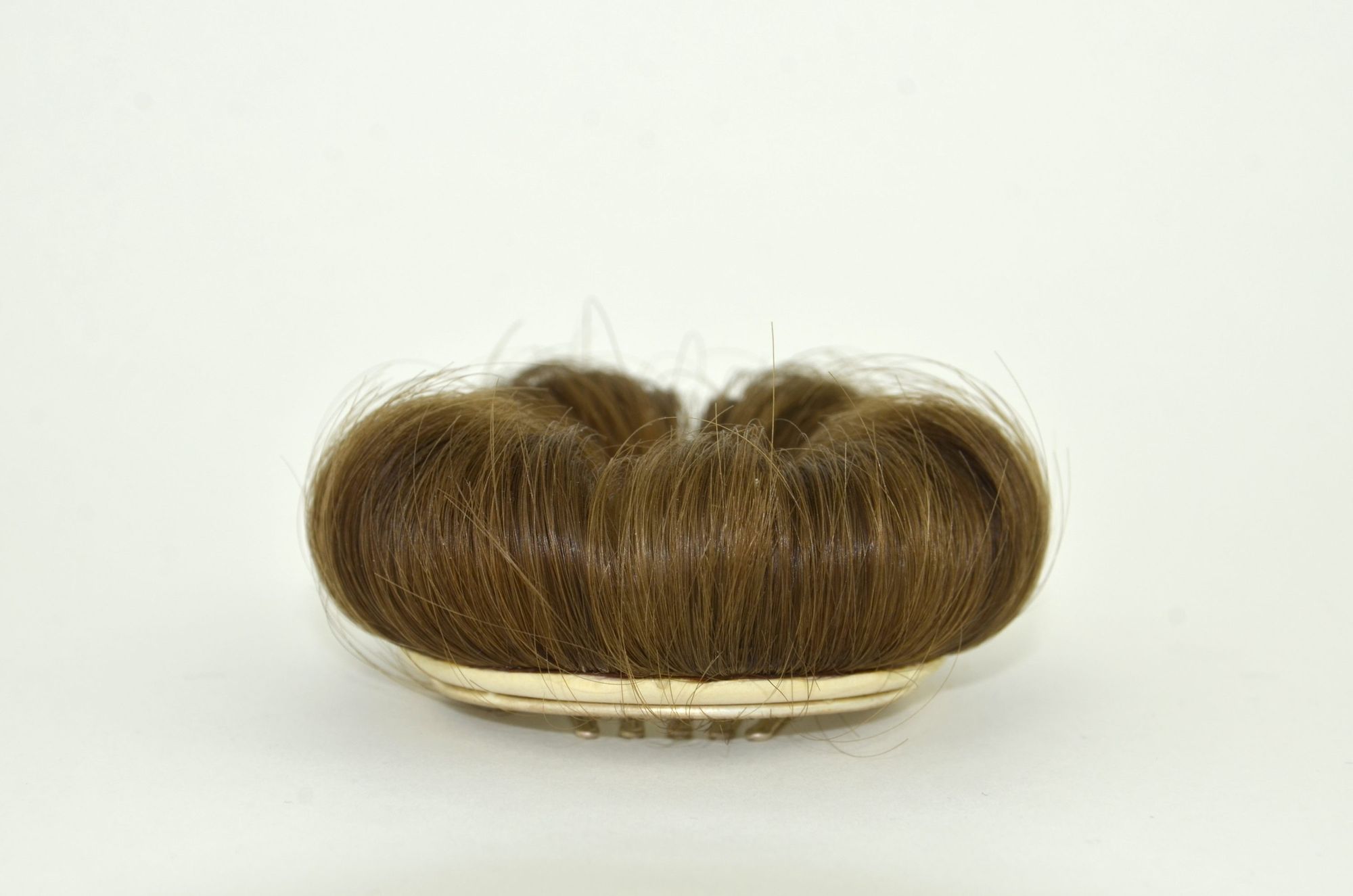
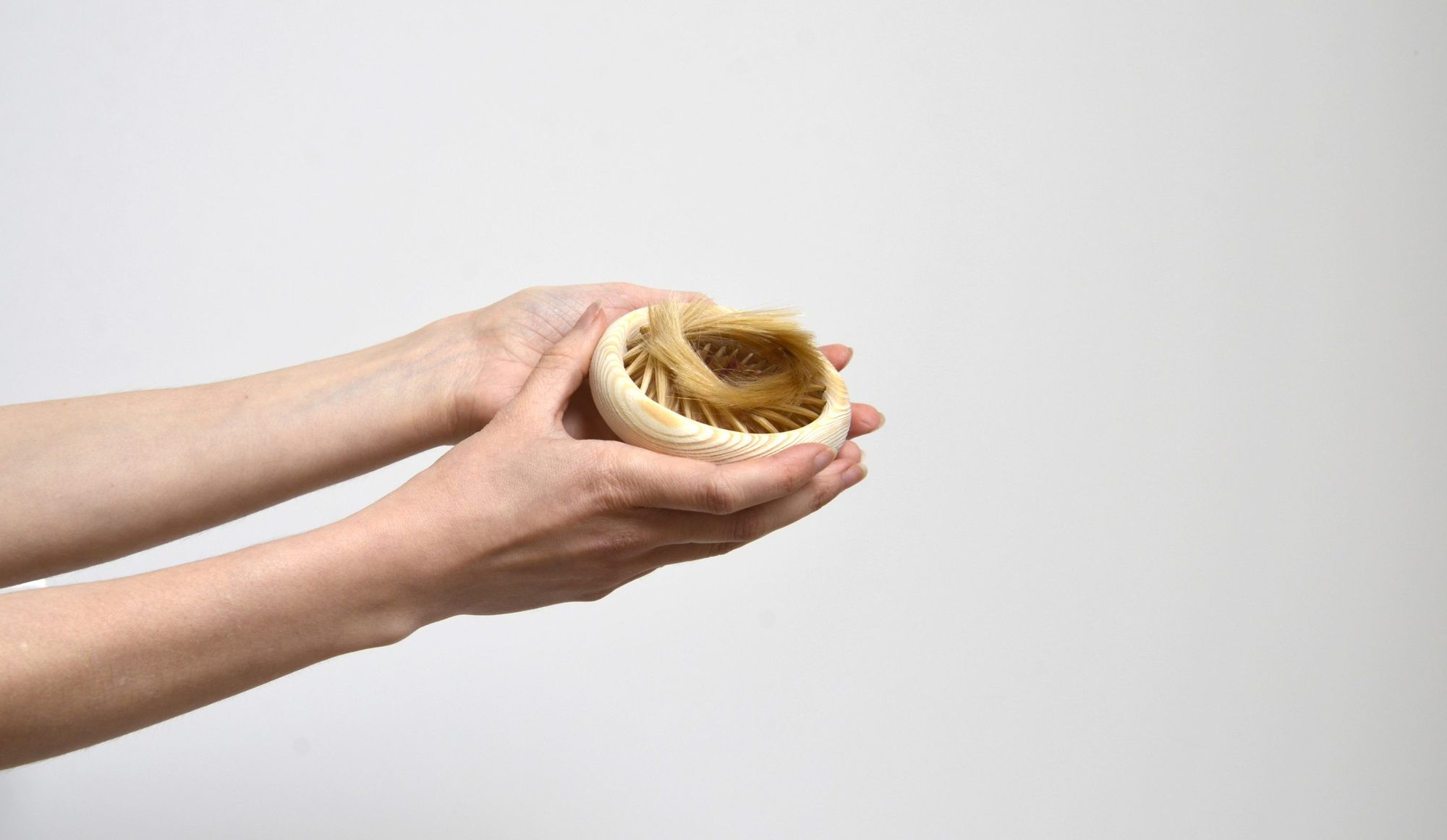
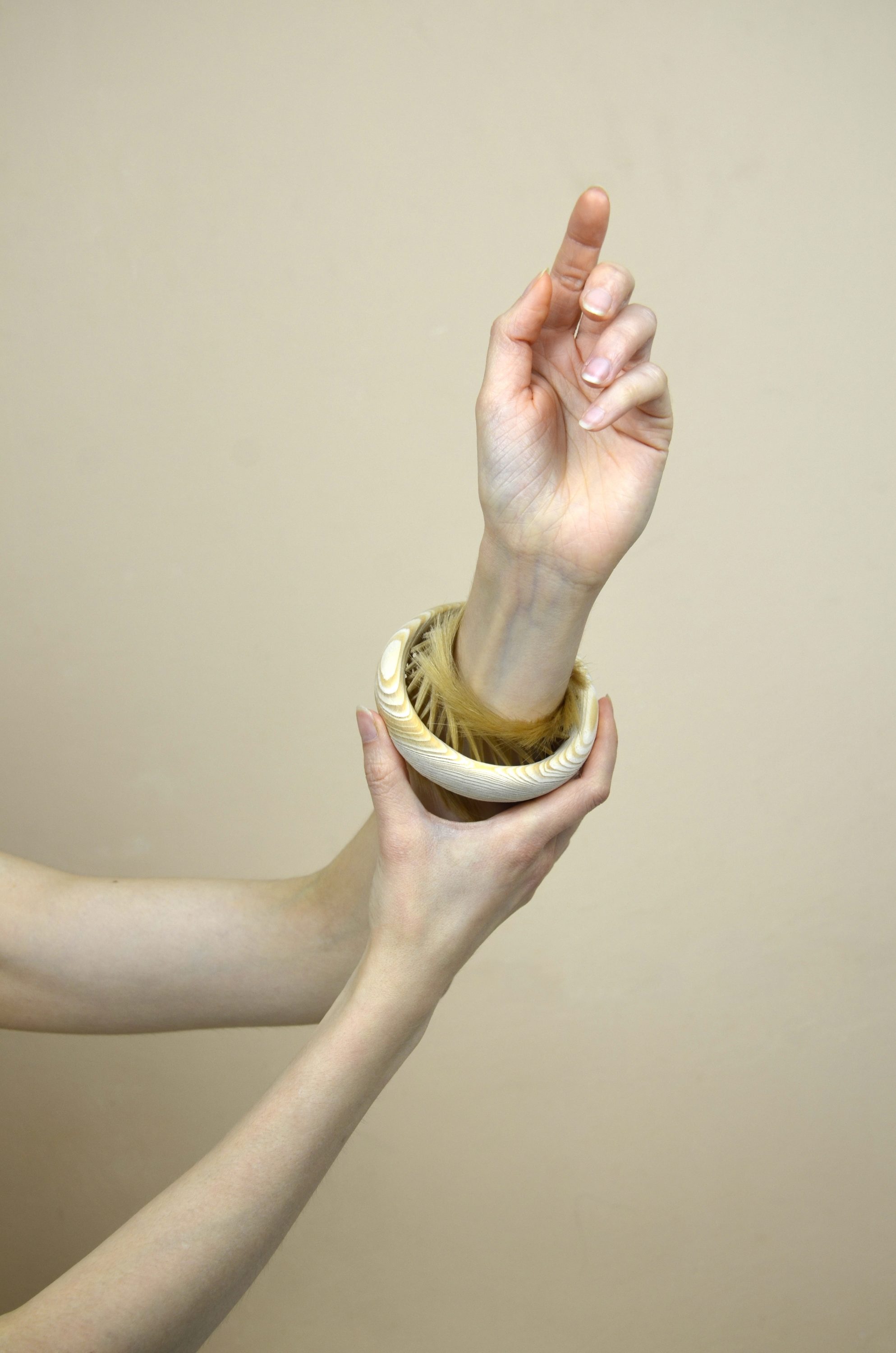
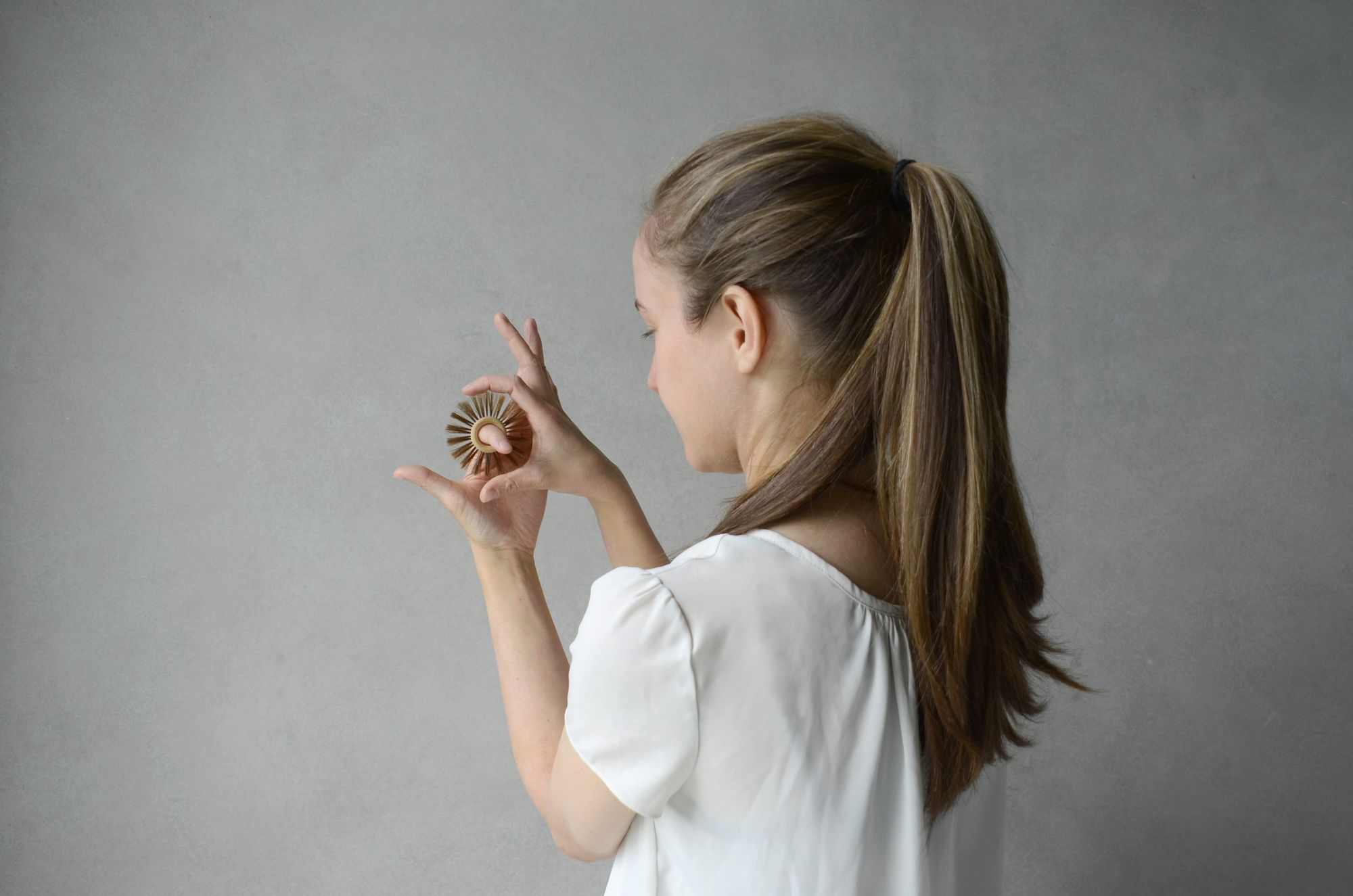
Blanka Tímári—Mundane
[Design MA]
Collectible design objects evoke the functional aspects of utilitarian objects but—due to their loss of function, conceptual nature, visual appearance and limited edition—are more akin to artworks. Blanka Tímári explored the collectability of classic household and cleaning objects to create Mundane, a collection based on contrasts. Dirt and excessive wear contrast with the timelessness and exclusivity of collectible design objects, while cheap, mass-produced items contrast with unique creations made of precious materials. A velvet-headed mop, a bronze doormat barely suitable for cleaning shoes, and a dust mop with a dust bunny head (actually made of wool and lint) all evoke the characteristics of collectible design, while offering a humorous critique of the “form follows function” principle of modern design.
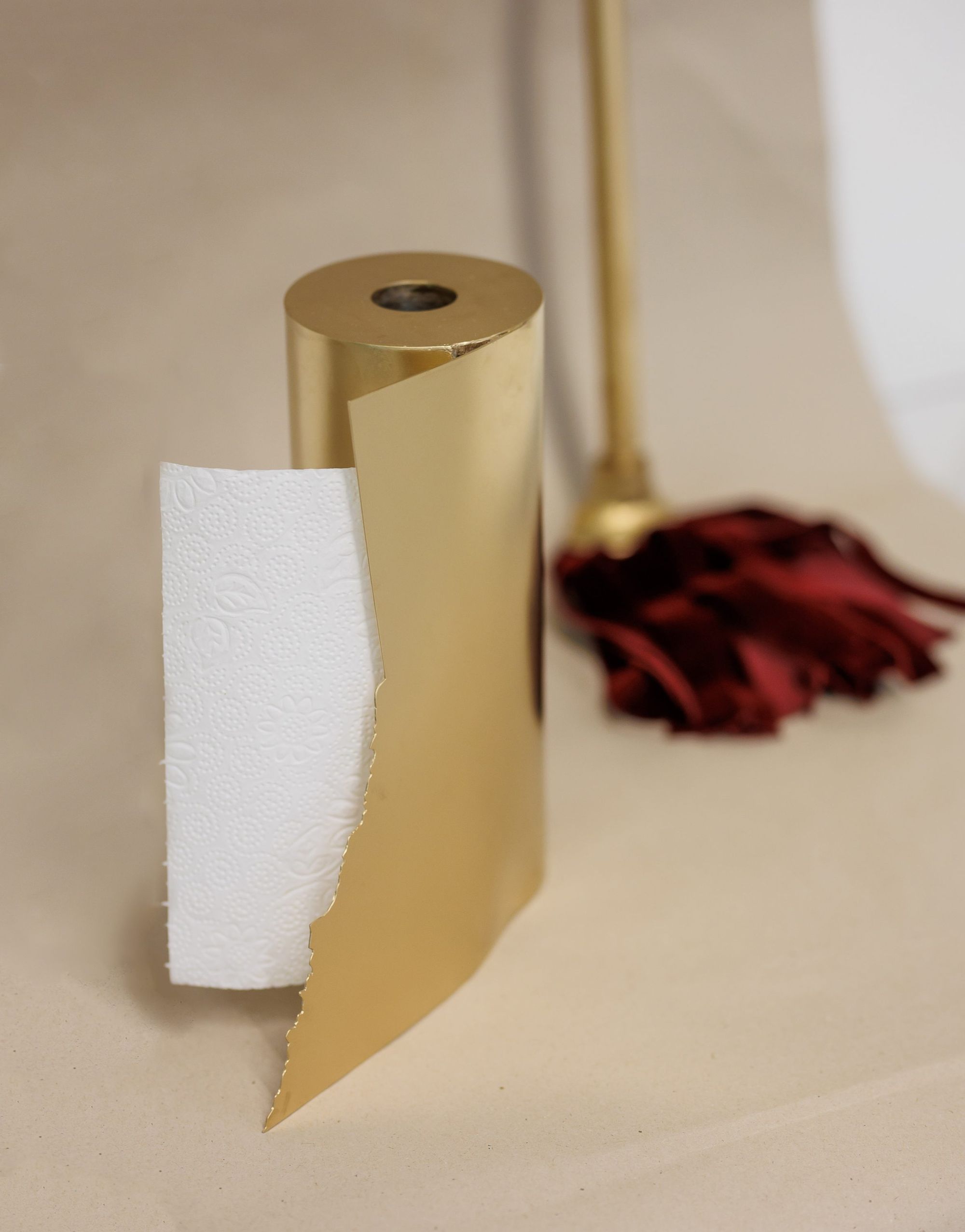
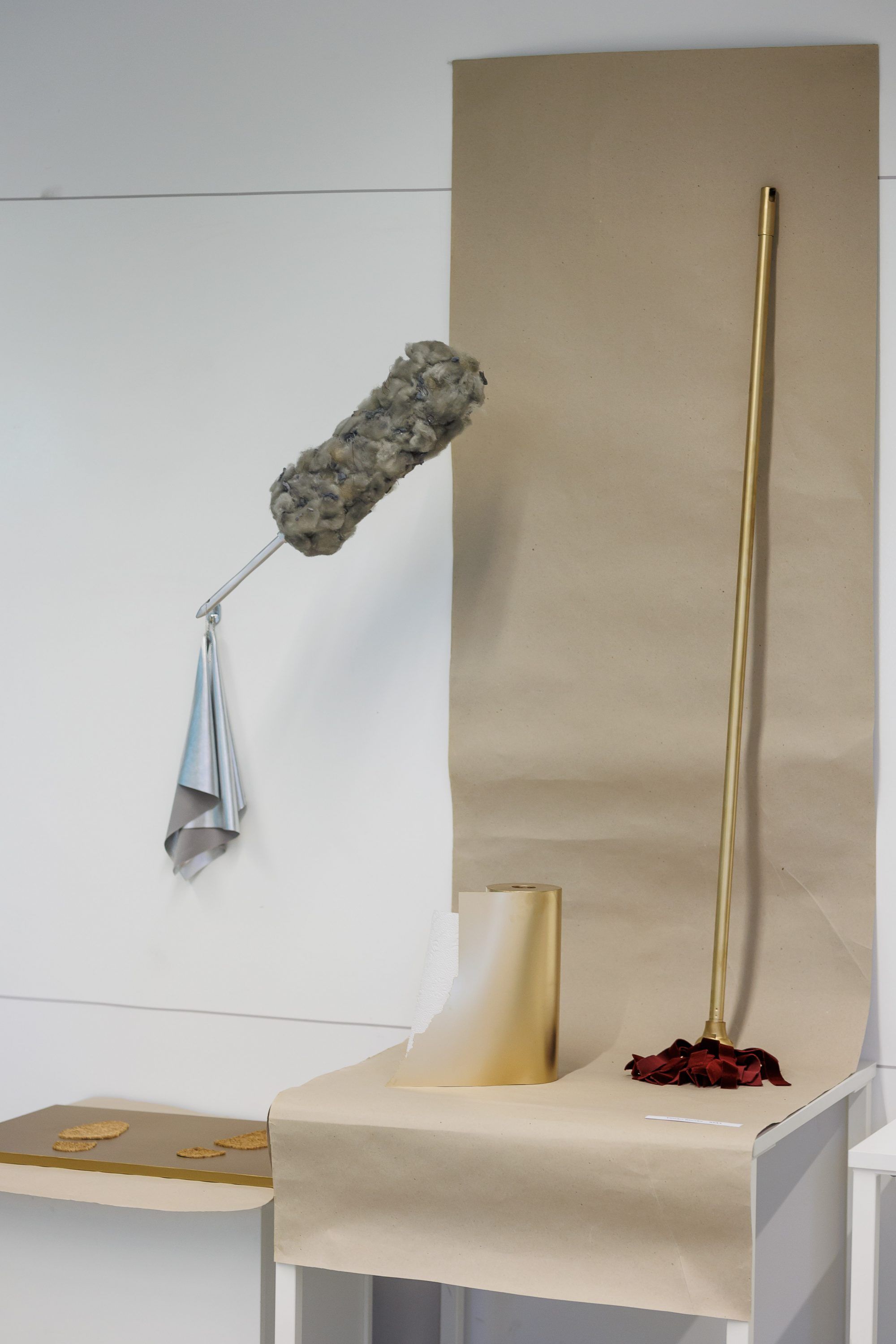
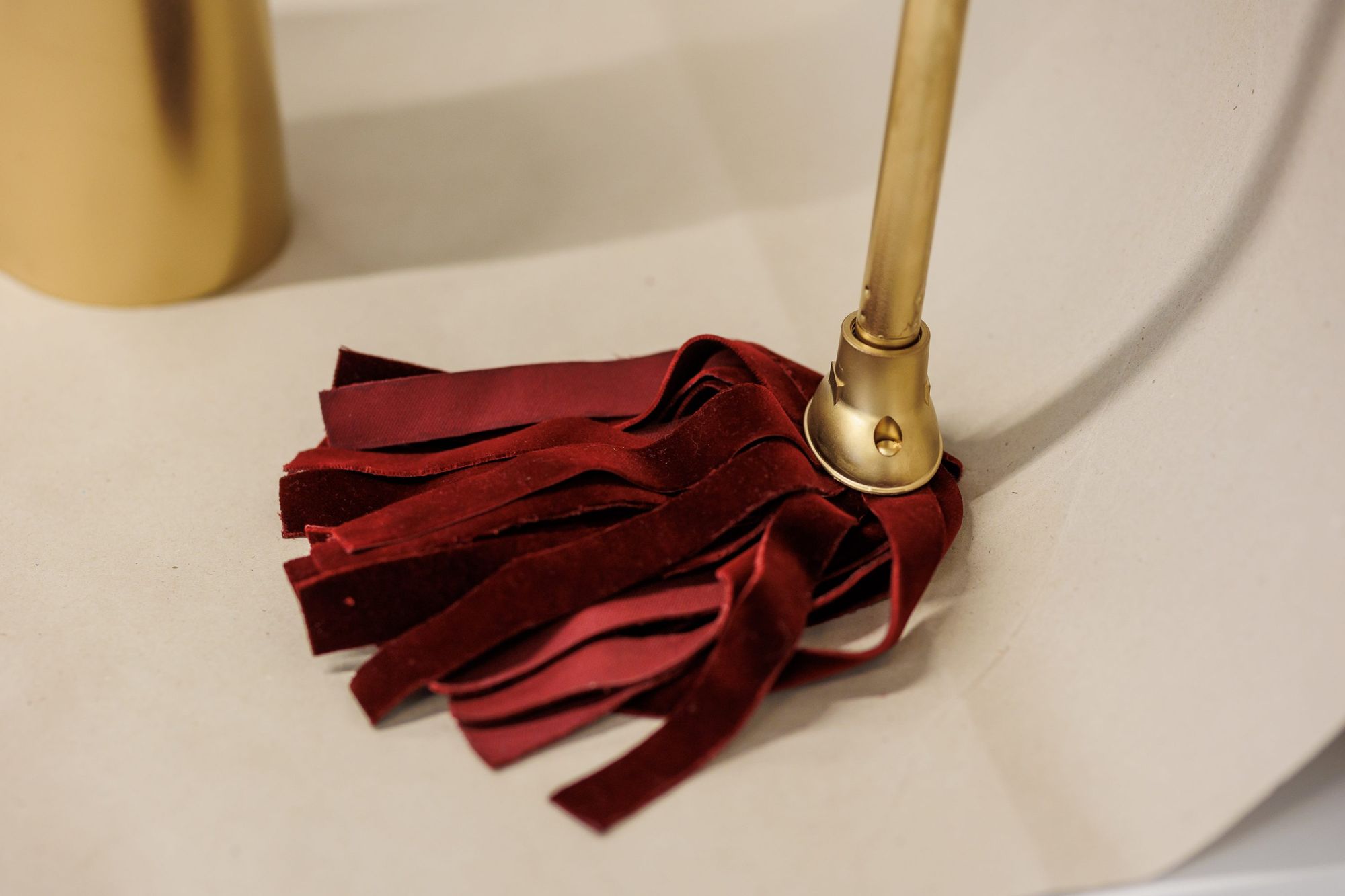
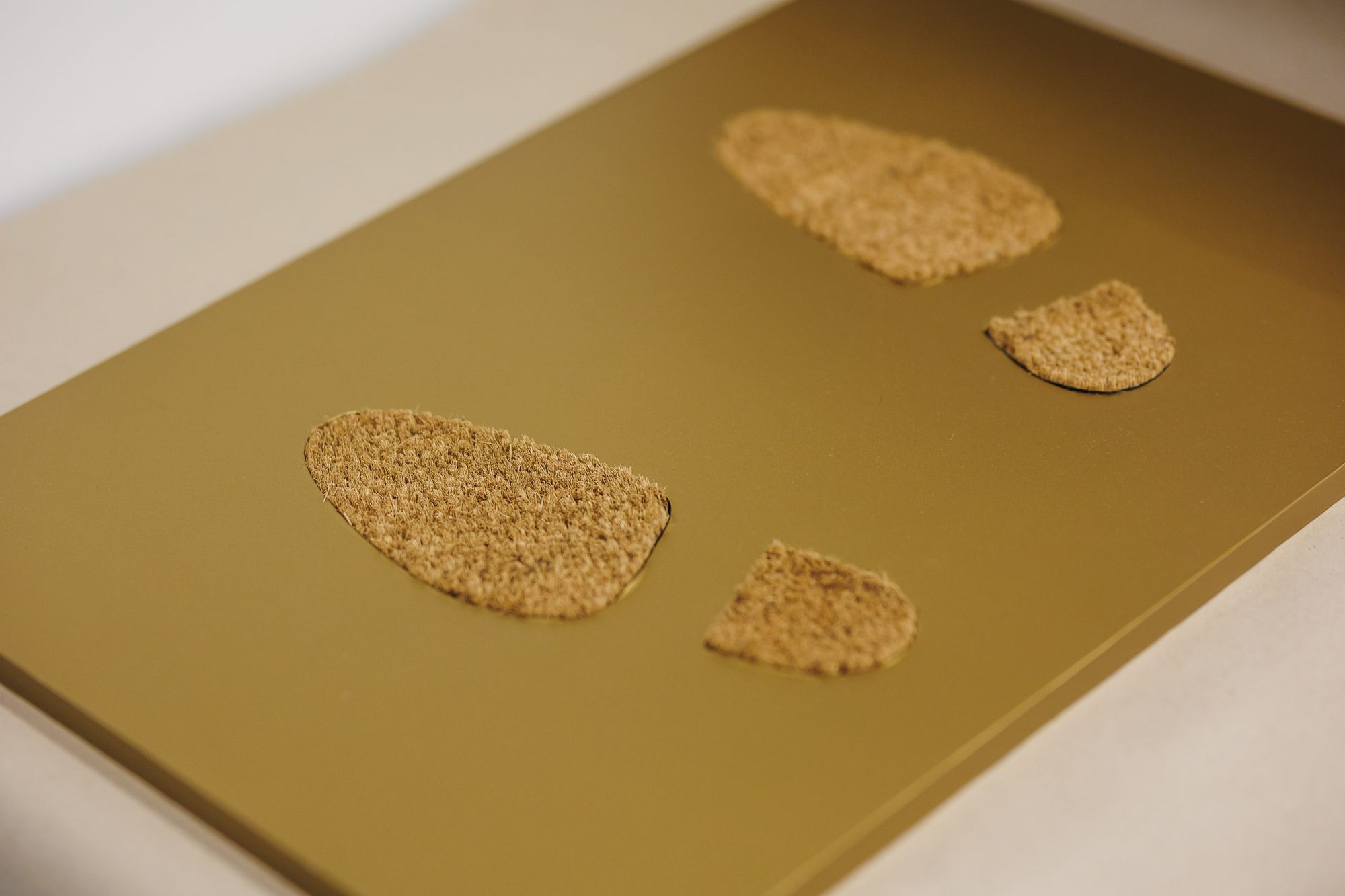

Moholy-Nagy University of Art and Design | Web | Facebook | Instagram

TELEP Gallery’s exhibition focuses on women skaters
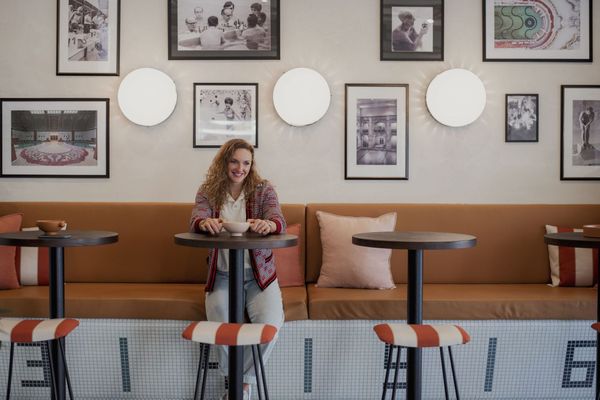
Katinka Hosszú’s superfood restaurant “koool” has opened
